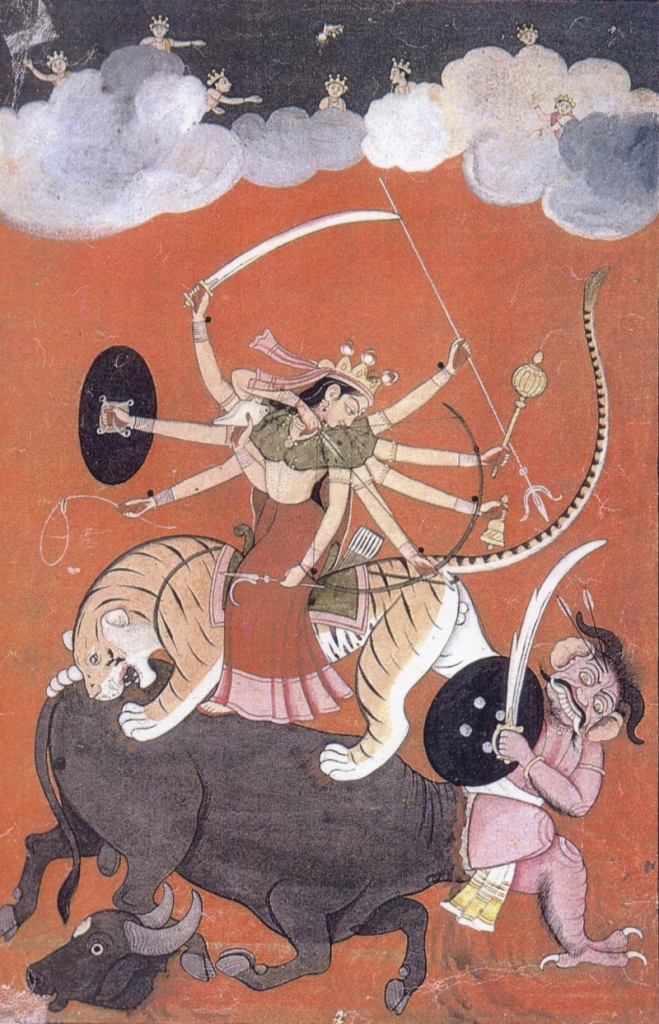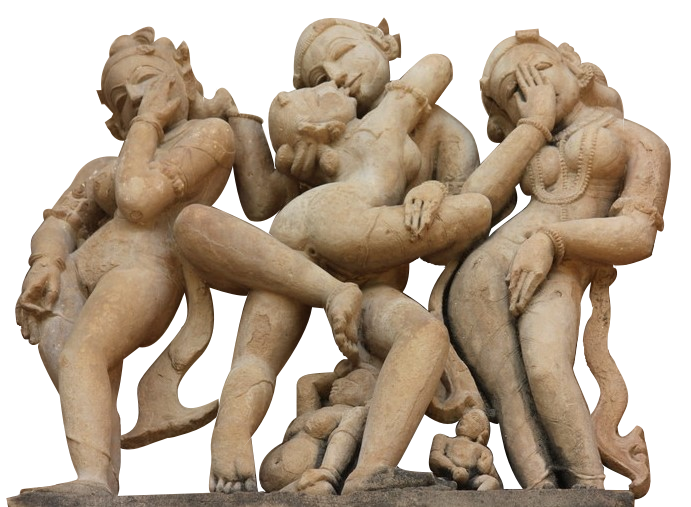춤추는 힌두교
정숙한 아내는… 남편을 신처럼 받들어야 한다. 남편을 괴롭혀서는 안 된다. 그가 어떤 사람이든, 도덕관념이 전혀 없는 사람이라고 해도.
—마누법전 ca. 300 B.C.

전통적으로 서양은 외향적이고 2원론적인 반면 동양은 내향적이고 1원론적이다. 서양은 역사를 일련의 사건의 연속이라고 생각하는 반면, 동양은 순환하는 패턴으로 이해하는 경향이 있다. 서양의 의학은 기계적인 측면에 집중하는 반면, 동양의 의학은 총체적으로 접근한다. 서양은 여러 측면에서 주로 좌뇌의 가치를 구현하고, 동양은 주로 우뇌의 가치를 구현한다. —273








Note
- Arthur Coke Burnell, trans, Ordinances of Manu (London: Trubnet, 1884), 154-56.
- Arthur Cotterell, “The Indus Civilization”, in The Penguin Encyclopedia of Ancient Civilizations, 180-82.
- S. Radhakrishnan, Indian Philosophy, 1:75.
- L. D. Barnett, The Heart of India, 112.
- Jonathan Mark Kenoyer, “Birth of a Civilization”, Archaeology (February/March 1998): 58-59.
- The New Encyclopedia Brittanica, ed. Phillip Goetz, Macropaedia, 21:2-30.
- L. Lajpat Rai, Unhappy India, 151, 176.
- Serenity Young, ed., An Anthology of Sacred Texts By and About Women, 283-86.
- R. E. Hume, Brihadananyaka Upanishad, in The Thirteen Upanishads, 81.
- N. K. Sidhanta, The Heroic Age of India, 206.
- L. D. Barnett, 123: T. W. Rhys Davids, Dialogues of the Buddha, 3:285.
- R. E. Hume, Rig Veda X, 18; Sidhanta, 165.
- R. E. Hume, Sidhanta, 160, Mahabharata Book 3, 33, 82.
- August Bebel, Women and Socialism, 52.
- Arthur Coke Burnell, trans., Ordinances of Manu, no. 100 (London: Trubner, 1884); Monier Monier-Williams, Indian Wisdom (Luzac & Co., London 1893), 237.
- August Bebel, 52.
- E. Westermark, Origin and Development of Moral Ideas, 2:650.
- Merlin Stone, When God Was a Woman, 3.

